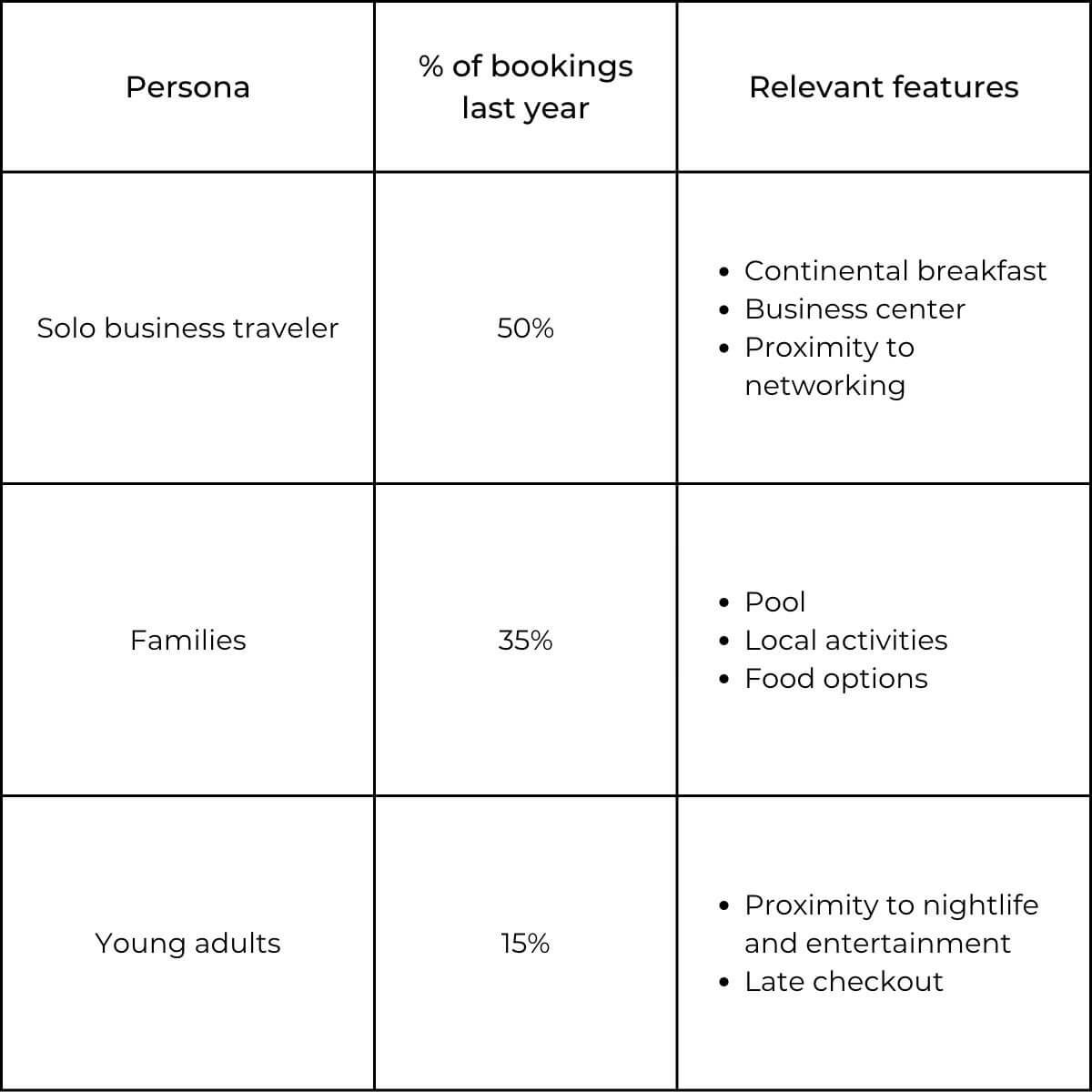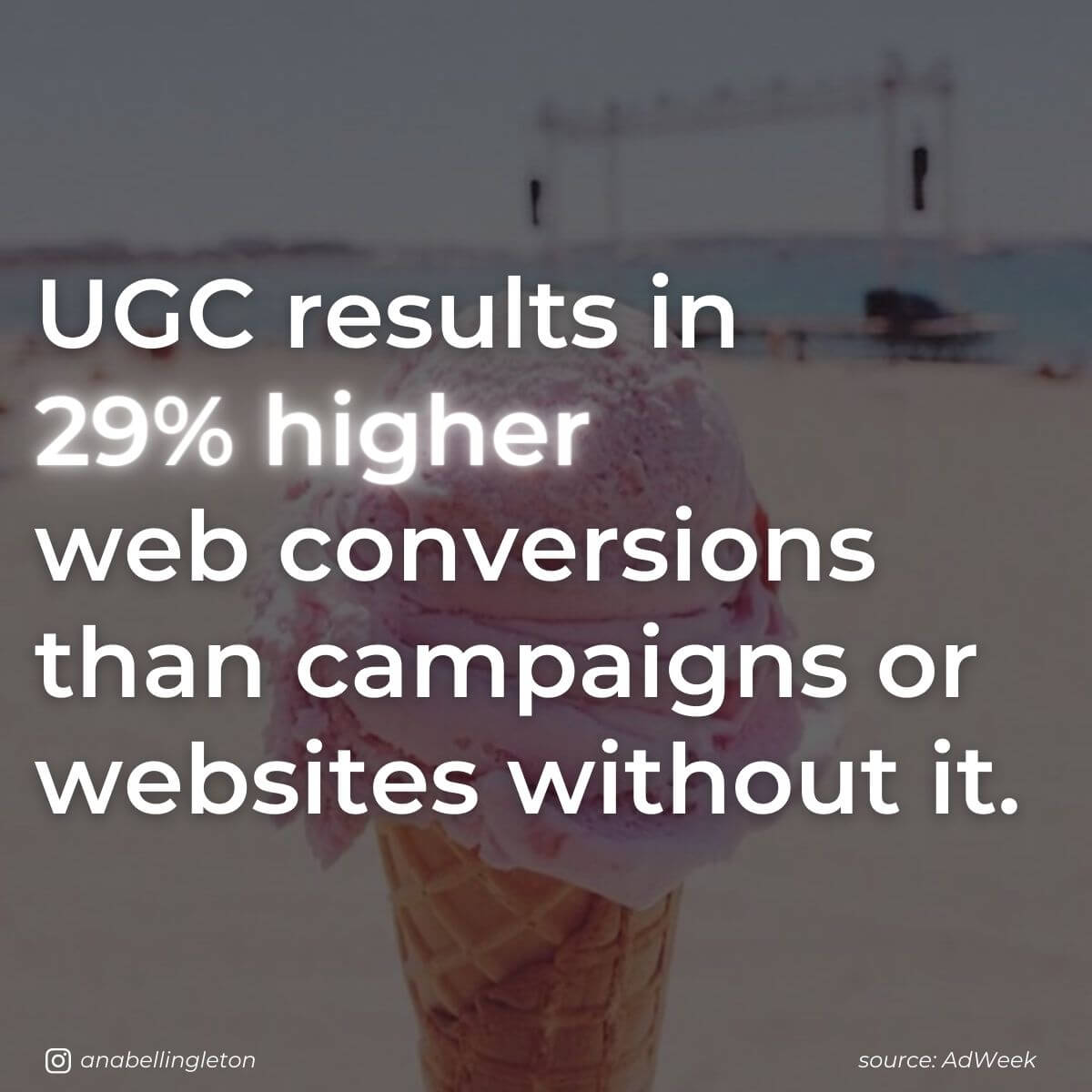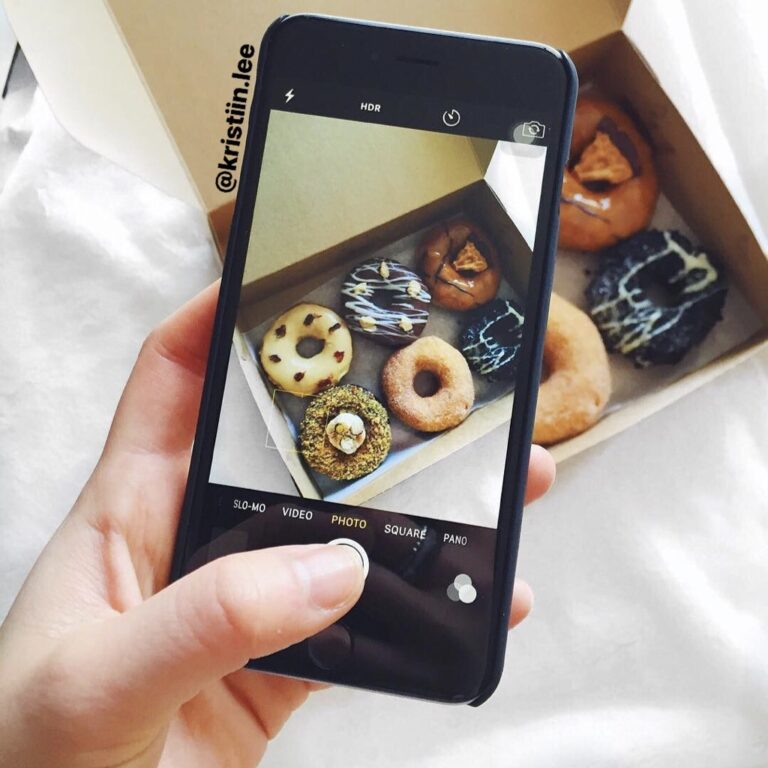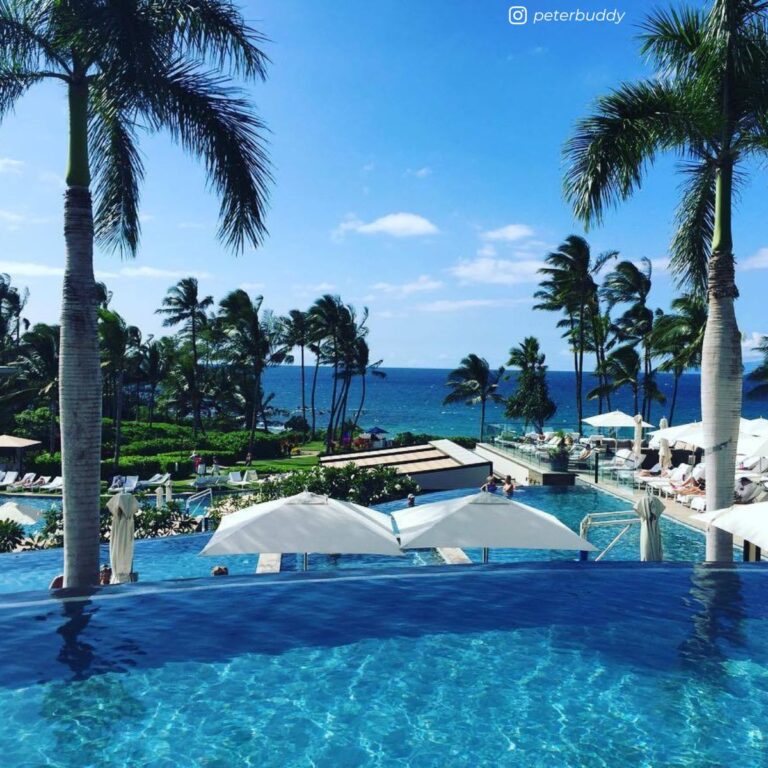6 steps to creating a hospitality marketing strategy for 2023
There are a thousand things you can do to build out a hospitality marketing strategy.
You can start a blog, you can run ads on Yelp, you can hire influencers…
But executing a string of disconnected tactics or hopping on the latest trends is not only not a strategy, it’s not effective. Without a solid marketing plan in place you’ll be running yourself ragged doing ten different jobs while still not having a clear picture of the results.
And that’s the purpose of this post—to help you create hospitality marketing strategies (with actionable steps!) to increase your venue’s visibility, bookings, and revenue.
Let’s get started!
What is a Hospitality Marketing Strategy?
A hospitality marketing strategy is a plan for achieving goals by using your knowledge of your existing customers (or ideal customers) to create a competitive advantage via marketing. A hospitality business (accommodations, food and drink, tourism and travel, etc.) can create a cohesive strategy by using various channels to reach their customers and communicate their unique value proposition(s).
Another way to think of it is:
Understand the hospitality needs of your customers
Develop messaging to illustrate how your solution satisfies these needs
Deliver that message at the right place at the right time
A hotel marketing strategy is not a tweet, a YouTube video, or an Instagram post. Those are tactics. And if you skip the strategy step and dive straight into tactics you’re likely to spend a lot of time and money on a marketing campaign that don’t deliver results.
Why Does the Travel Industry Need a Hospitality Marketing Strategies?
Let’s get specific about the benefits you’ll receive by taking the time to develop a strategy before you start running ads or posting on social media:
Resonance – When you understand who your target market is, you can craft messaging that resonates specifically with them.
Efficiency – By understanding what channels (Yelp, Trip Advisor, Instagram, etc.) your target audience uses to research their trips, you can focus your time and money there (as opposed to ‘trying everything’)
Visibility – With strategic and focused marketing efforts, you can create more visibility where it counts (Google My Business, social media, etc.)
Branding – Your brand is what people say when you’re not around; marketing strategies help you craft and control that.
Direct Bookings – Once people recognize that your solution is the ideal fit for them, you’ll increase your online bookings with that audience.
Incremental revenue – If you can use marketing channels like email, text and on-site signage to upsell hotel guests who’ve already booked, you’ll create additional revenue.
Organization – By creating, presenting, and executing a strategy, you’ll win buy-in from stakeholders and have less issues getting marketing campaigns and creative approved.
If you’re looking for these types of outcomes, here are the six steps to developing a rock-solid marketing strategy.
6 Steps To Develop a Hospitality Marketing Strategy
Step 1: Evaluate you current assets
At a minimum, take a hard look at the following public-facing assets to understand your starting point:
Website – How much traffic do you get, and more importantly, how many people actually use your website booking process? (versus phone calls and third-party sites).
Social media – Do your photos represent your property and offerings in a positive light? Is their social proof in the form of guests posting and tagging your brand? What is your engagement like?
Google and review websites – Do you have fully optimized profiles on GMB, Yelp, and other directories? Is your information accurate? What do your search results look like?
Email – What happens via email after somebody books? Do they receive a confirmation email? Do you have email marketing campaigns with insider info, partnerships with local businesses, and upcoming events?
If you’re thinking ahead, you can probably see there are some quick wins you can achieve just in the list above, but let’s keep going.
Step 2: Understand your audience segments
This is THE most crucial step in the process—do not skip! Understanding your audience (and later choosing the channels and messaging that work for them) is the key to your success.
For instance, while hospitality businesses may be able accommodate both, there is a huge difference between the needs of a family vs. the needs of a bachelorette party. The family will be looking for photos of a pool with other families, while the bachelorette party will likely be looking for proximity to nightlife.
Pro tip: Use your booking data to find out who your top three or four segments are.
Once you have your top segments, start pairing up your venue’s features that align with their needs (price, proximity, accommodations, etc.).

If you take the time to really dig in on this step, the rest of the process will be so much easier! You’ll know exactly which channels to use, the creative direction for your photography, and the key messages will practically write themselves.
Step 3: Set goals and KPIs
Using the benchmark information from the first step, figure out what type of results you’d like to see given your marketing budget. Having goals that are backed up with key performance indicators (KPIs) are particularly important if you need to win buy-in from your organization, but are good to have either way.
We recommend dividing your marketing KPIs into three categories:
Top of funnel
Middle of funnel
Bottom of funnel
Top-of-funnel metrics include things like website traffic, social media impressions, and views to your GMB and review sites.
Middle-of-funnel metrics include soft conversions on your hotel website, phone calls, and social media mentions/replies (including guest reviews).
Bottom-of-funnel metrics are bookings and revenue. You may want to divide this into separate segments such as new vs. repeat guests. Additionally, if you’re managing many hotels, you may want to track each location separately.
*Note on bottom-of-the funnel metrics: There’s only one way to increase bookings—more bookings. But there are multiple ways to increase revenue. For instance, if you can upsell a booked guest with additional products or services, you’ve just created incremental revenue and raised your gross revenue. Likewise, if you can create loyal customers who book repeatedly, you’ll create more revenue without having to use (and pay for!) your top-of-funnel marketing funnel tactics. You’ll need to utilize specific marketing channels like email to pull this off.
Step 4: Identify your channels
Again, let’s go back to the first step—where are you customers coming from and why? Depending on whether or not these are the ideal customers you want to attract, you can either double down on channels that are already working, or create tactics that will work on new channels you’d like to open up.
Let’s use an example.
Imagine that the majority of your guests book through your website, and the ones that do book fit your ideal customer persona. If that’s the case, two digital channels you should likely prioritize in your marketing strategy are paid media and search engine optimization (SEO) because in this case, more web traffic = more bookings.
On the flip side, if phone calls are the most common ways people book, you probably want to optimize your local listings first.
More than likely, however, you’re going to want to have a healthy mix of marketing channels that you’re actively managing. For the hospitality industry, the most effective channels are:
Your website
Search engine optimization
Digital ads
Third-party listings
Social media platforms
Email marketing
Guest loyalty programs
Signage and collateral
Trade shows and events
Partnerships
Public relations
Let your persona research from the first step guide your channel selection. Once you’ve done that, now comes the fun part—creating content!
Step 5: Develop a content strategy
What type of content you need depends on which channels you choose—if you’re going to pursue TikTok you’ll need short ‘influencer-style’ video marketing assets. If you’re focusing on SEO you’ll need long-form written content.
But you’ll need two types of content no matter which channels you use so we’re going to focus on these:
Short-form written content
Photos
Here’s a simple process for making sure the content you generate is aligned with your strategy.
Written content
Remember the chart we made in Step 2 with your audience segments? Let’s use that to develop some key messages:

Copywriting is a difficult task, but it becomes sooo much easier once you already have a strategy in place. B+ copywriting that is aligned with potential customer pain points is better than A+ copywriting that is irrelevant and poorly targeted.
Depending on what you need—short-form social media captions vs. long-form blog posts—you’re already in a great spot to write about the things your target markets care about and look for in a venue.
Photos
Photos are the lifeblood of hospitality marketing, but they must be used with caution. Stock photos will absolutely kill your brand, but a variety of staged, organic, and behind-the-scenes photography will give you brand more energy.
The same as written content, your visual content needs to align with your key messages and prove your value propositions. And in 2023, that means social proof.
For instance, put yourselves in the shoes of a mother shopping for a hotel for her family vacation… What seems more legitimate to you?
A staged photo shoot ‘Coors Light style’ of a perfect family smiling perfectly at a pool
An organic photo taken by an actual mom that she posted on her Instagram account
We’re not saying to ditch professional photography altogether, but there’s a time and a place for it and you’re much better off including a mix of both organic and staged photos, particularly if social media is a key component of your strategy (and it should be).
In 2023, user-generated content (UGC) isn’t a nice-to-have; it’s a necessity.


The stats on UGC are undeniably compelling for hospitality marketers, and it’s much easier to obtain than you might think.
One option for obtaining user-generated content is to start an influencer marketing program—find creators in your niche and pay them to photograph your venue and post their experiences. This can lead to highly engaging social media content that you can also repurpose into various other marketing channels.
The downside to this method is that it’s a highly laborious process that gets expensive very quickly. If you’re going to go this route, be prepared to commit a large chunk of time and money.
Another option is to simply obtain UGC featuring your location that already exists. People are already posting photos of your venue, and if you simply ask permission for the rights to use their content, you’d be surprised how many will let you do just that—for free! You can likely curate tons of UGC from local community attractions and public parts of the property.
By the way, this is exactly what Tack was created to do—help you find and get permission to use Instagram photos and videos so you can start building your UGC media library and serving up engaging content to your audiences.
Additionally, you can take this one step further by actively driving participation from your guests to create UGC. Using on-site signage and other marketing collateral, encourage guests to become willing brand ambassadors by tagging your social accounts or use a property-specific hashtag to document their guest experience. Or, consider incorporating a contest into your marketing mix to generate even more UGC.
Pro tip: Always ask for the @mention so that social media listening tools can automatically pull in information about the post on Instagram
One last option is to shoot some content yourself: People love to see behind-the-scenes content and slice-of-life stories from your staff. As always, it’s great to have a mix of content: from professionally shot to UGC to internally created.
Step 6: Implement technology
Lastly, you’ll need some marketing tools to help you implement your hospitality marketing strategy. Because all organizations are different it’s hard to say exactly what you’ll need, but here are a few basics that can save you hours of time every week and help bring your strategy to life:
Find UGC
We’re biased, obviously, but we love Tack for this purpose. It’s a great way to find the low-hanging fruit in terms of UGC that’s already been created, and it’s quick, easy, and cost-effective to get started. In addition to helping you find UGC, Tack can also help you request rights to the content you like, organize your media library, and embed display widgets onto your website… And lots more. Try it for free!
Track ROI
You’ll need a combination of website analytics (such as Google Analytics) and CRM in order to track customers through their lifecycle, but which solution you choose depends on your needs. This list contains several great options specifically built for the travel industry, but we know there are limitations that many corporate hotel websites need to adhere to, so keep that in mind. Many of these solutions also include email marketing, which can be particularly useful and efficient for hotel marketers to combine with their website.
Social media marketing
In order to track mentions and schedule content, we highly recommend using third-party software to help automate this. AgoraPulse is super easy to use and affordable marketing tool for many different aspects including publishing, monitoring, and reporting.
So there you have it; an actionable guide to creating a hospitality marketing strategy to help you win you more brand visibility, bookings, and revenue.
If you’re looking to incorporate UGC into your marketing plan—and we highly recommend that you do—consider using Tack to grab the lowest hanging fruit first! Schedule a demo or try for free.





